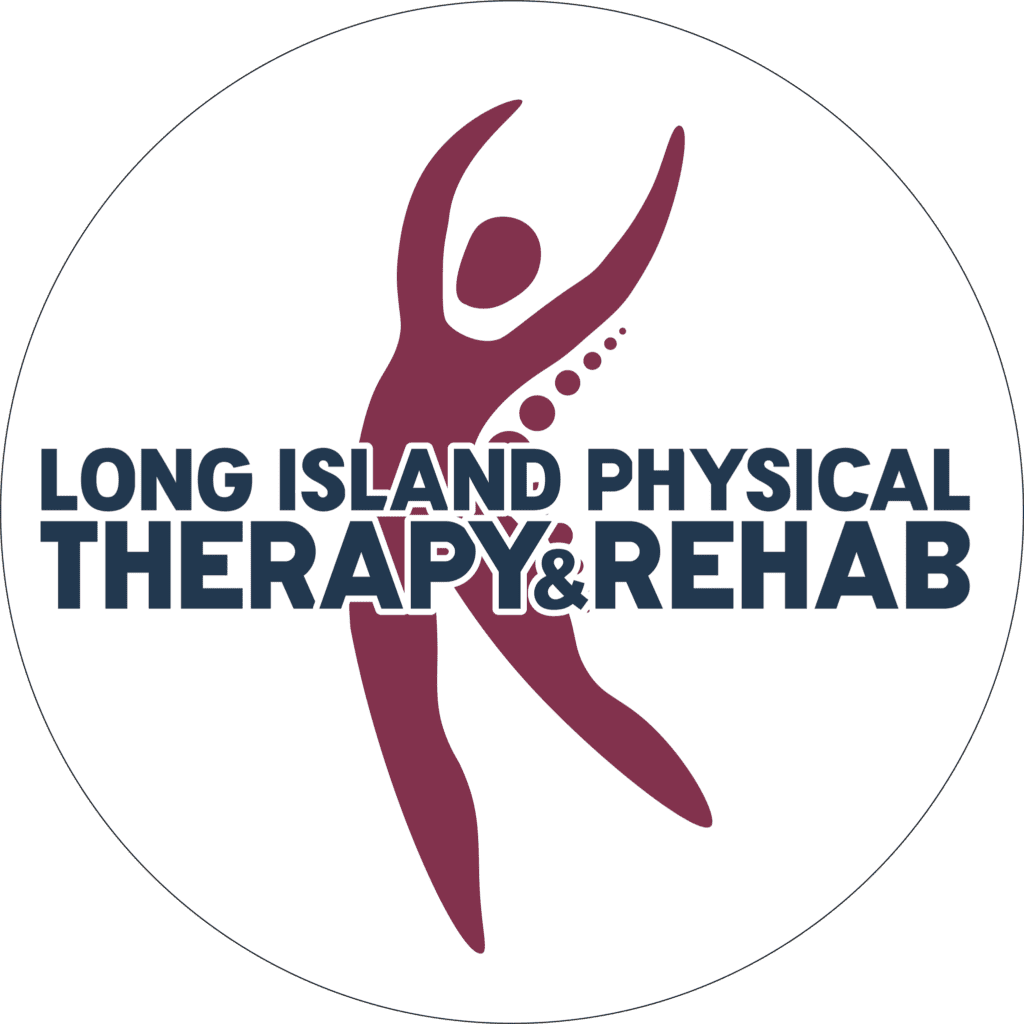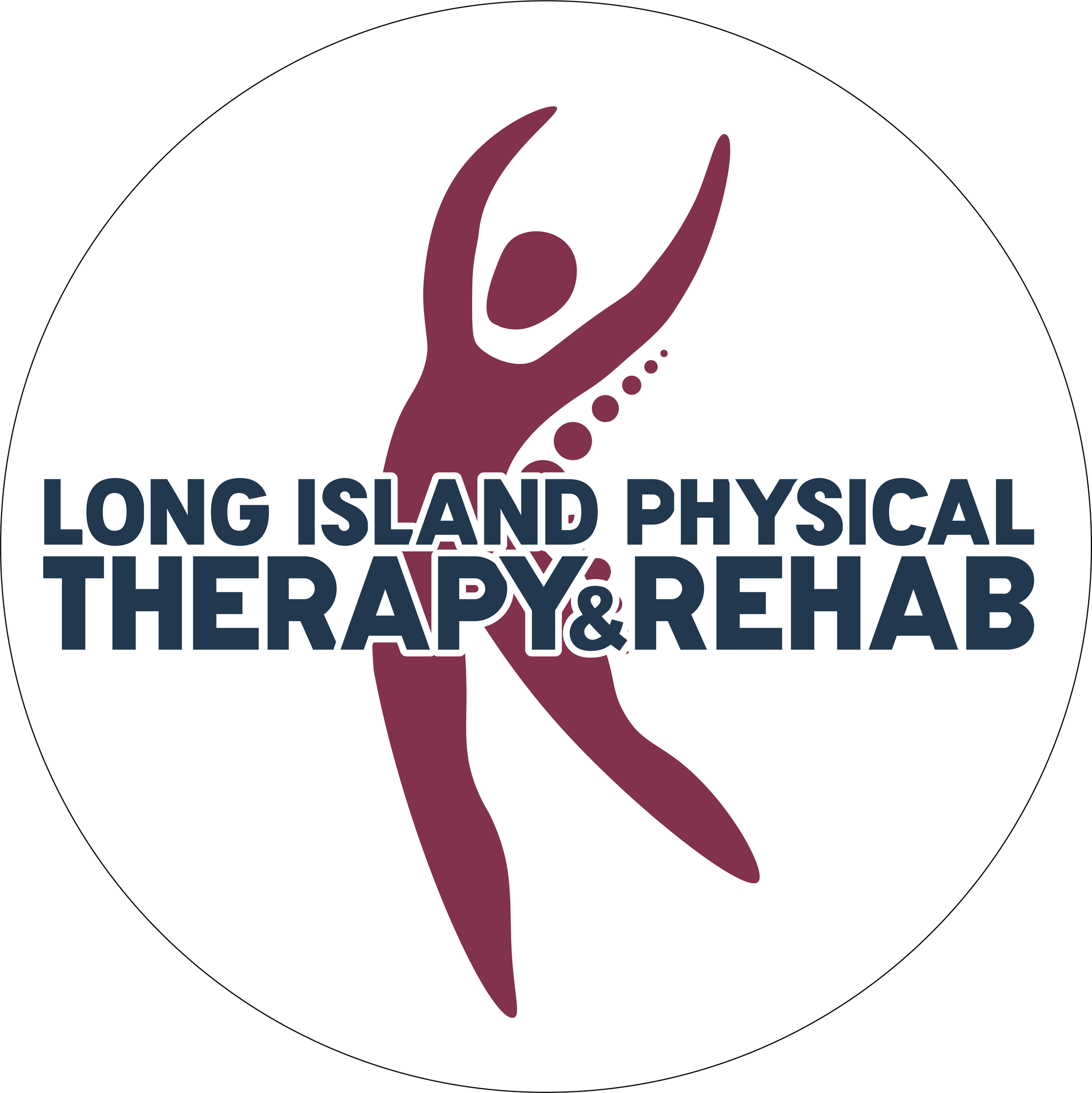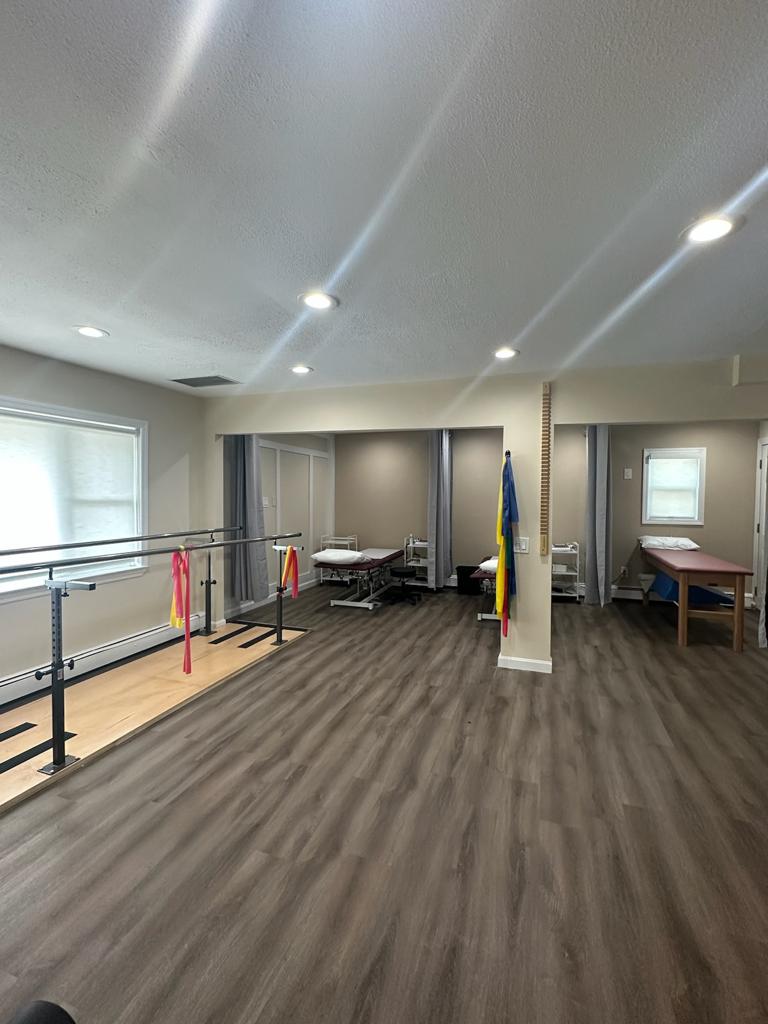Are you curious about DPT in physical therapy? DPT stands for Doctor of Physical Therapy, a professional degree that equips individuals to become physical therapists. Physical therapy focuses on helping people recover from injuries and enhancing their physical function. DPT programs typically span three years of graduate study after obtaining a bachelor’s degree.
Physical therapists use various treatment methods, including exercises, manual treatment, vestibular therapy, and modalities like heat or cold therapy. They work with individuals of all ages to address pain, limited mobility, and balance issues. Moreover, they are vital in preventing injuries and promoting overall well-being.
Collaborating with other healthcare professionals, DPTs develop personalized treatment plans. They evaluate patients’ conditions, establish goals, and track progress throughout therapy. Additionally, they provide education and support to empower patients to manage their conditions effectively.
Whether considering a career in physical therapy or seeking assistance for a physical condition, consulting a DPT can prove immensely valuable. Let’s explore the world of DPT in physical therapy together!

What does DPT mean in physiotherapy?
DPT in physiotherapy stands for Doctor of Physical Therapy. It is a professional degree for individuals who want to become licensed physical therapists. A physical therapist is a healthcare professional who specializes in treating conditions that affect a person’s ability to move and function.
To become a DPT, students must complete a rigorous educational program that includes classroom instruction and hands-on clinical experience. This training helps them develop the necessary knowledge and skills to assess, diagnose, and treat various musculoskeletal, neurological, and cardiovascular conditions.
DPT programs typically take around three years to complete. Students learn about anatomy, physiology, kinesiology, and various therapeutic techniques during this time. They also gain practical experience by working with patients under the supervision of experienced physical therapists.
Once they have completed their DPT program, graduates must pass a licensure examination to practice as a physical therapist. This ensures that they meet the required standards of competence and professionalism.
Physical therapists with a DPT degree can work in various settings, such as hospitals, clinics, sports rehabilitation centers, and private practices. They work with other medical specialists to create specific patient therapy regimens. These plans often include exercises, manual therapy, and other interventions to reduce pain, improve mobility, and enhance overall physical function.
What Does a DPT (Doctor of Physical Therapy) Do?
A DPT, which stands for Doctor of Physical Therapy, is a highly skilled healthcare professional specializing in assessing and treating movement and functional limitations. They play a crucial role in helping individuals regain mobility, reduce pain, and improve their overall quality of life.
One of the main responsibilities of a DPT is to work closely with patients to develop personalized treatment plans. DPTs tailor these plans to address each patient’s specific needs and goals. Using therapeutic exercises, manual therapy, and patient education, DPTs aim to optimize patient outcomes and promote long-term wellness.
You can find DPTs in various healthcare settings, such as hospitals, clinics, sports rehabilitation centers, and private practices. They often collaborate with other healthcare professionals, such as physicians and occupational therapists, to ensure comprehensive care for their patients.
When you visit a DPT, they will conduct a thorough evaluation to assess your condition and determine the best course of treatment. They will enquire about your medical history and any symptoms you may be feeling. Using their expertise, they will perform physical tests to evaluate your range of motion, strength, and functional abilities.
The DPT will create a treatment plan tailored to your needs based on their assessment. This may involve a combination of exercises, manual therapy techniques, and modalities such as heat or cold therapy. The DPT will closely monitor your progress throughout your treatment and adjust the plan as needed.
Working with a DPT can be a wise choice for physical therapy. They have the knowledge, skills, and expertise to address your unique needs and guide you on your journey to recovery and better physical health. Remember, the goal of a DPT is to help you regain your mobility, reduce pain, and improve your overall quality of life. So, if you require physical therapy, consider consulting a DPT and take the first step towards a healthier, more active life.
What are the benefits of DPT?
DPT, or Doctor of Physical Therapy, offers numerous benefits for professionals and patients. Here are some key advantages of pursuing a DPT degree:
Expanded Knowledge
DPT programs provide comprehensive education on the human body, including anatomy, physiology, and movement. This knowledge equips physical therapists with a deep understanding of how different conditions affect the body’s function.
Advanced Skills
DPT graduates acquire advanced skills in assessing, diagnosing, and treating musculoskeletal, neurological, and cardiovascular conditions. They learn therapeutic techniques and interventions to help patients improve mobility, reduce pain, and enhance overall physical function.
Enhanced Career Opportunities
A DPT degree opens doors to diverse career opportunities. Physical therapists can work in hospitals, clinics, sports rehabilitation centers, nursing homes, schools, and private practices. This versatility allows professionals to choose a setting that aligns with their interests and preferences.
Higher Earning Potential
With the advanced education and expertise gained through a DPT program, physical therapists often enjoy higher earning potential than those with lower-level degrees.
Job Stability
The demand for physical therapists continues to grow, offering job stability and security in the healthcare industry. As the population ages and the need for rehabilitation services increases, physical therapists with a DPT degree are in high demand.
Patient Interaction
DPT professionals have the opportunity to work closely with patients and make a positive impact on their lives. They develop strong therapeutic relationships, provide support, and witness the progress and recovery of their patients firsthand.
Holistic Approach
DPT programs emphasize a holistic approach to patient care. When developing treatment plans, physical therapists consider the individual’s overall well-being and lifestyle factors. This comprehensive approach helps address the root causes of conditions and promotes long-term health.
Collaboration with Healthcare Teams
Physical therapists with a DPT degree often collaborate with various healthcare professionals, including physicians, occupational therapists, and speech therapists. This interdisciplinary teamwork enhances patient care and improves outcomes.
Continuous Learning Opportunities
Physical therapy constantly evolves, and a DPT degree prepares professionals to adapt to new research, techniques, and advancements. Physical therapists have opportunities for continuing education, specialization, and professional development.
Making a Difference
DPT professionals have the rewarding opportunity to make a real difference in the lives of their patients. By helping individuals regain their mobility, manage pain, and improve their quality of life, physical therapists contribute significantly to their patient’s overall well-being and independence.
Professional Recognition
The DPT degree is widely recognized and respected in the healthcare industry. It signifies a high level of education and expertise, earning physical therapists the respect and trust of patients, colleagues, and other healthcare professionals.
Personal Satisfaction
Choosing a career in physical therapy can bring personal fulfillment and satisfaction. Witnessing the progress and positive impact on patients‘ lives can be immensely rewarding and provide a sense of purpose.
DPT vs PT: Understanding the Difference
You might have heard the terms DPT and PT used interchangeably regarding physical therapy. There are, however, some significant differences between the two. Let’s explore the differences between DPT (Doctor of Physical Therapy) and PT (Physical Therapist).
DPT, or Doctor of Physical Therapy, is a higher-level degree in physical therapy. It requires completion of a doctoral program after obtaining a bachelor’s degree. On the other hand, PT refers to a professional who has completed a bachelor’s or master’s degree in physical therapy.
DPT programs typically span three years of graduate study, while the duration of PT programs may vary. It’s worth noting that some PT programs are also transitioning to the doctoral level, blurring the line between the two designations.
Both DPTs and PTs qualify to practice physical therapy regarding the scope of practice. They evaluate patients, diagnose conditions, develop treatment plans, and provide interventions to improve physical function and alleviate pain.
One key difference lies in the level of expertise and knowledge. DPT programs generally offer more in-depth coursework and clinical experiences, providing DPTs with higher expertise and advanced clinical reasoning skills. This advanced education equips DPTs with a broader understanding of the complexities of physical therapy.
The professional recognition of DPTs is another aspect to consider. Within the physical therapy field, we recognize DPTs as highly trained professionals. The doctorate signifies their advanced education and clinical competency, which can contribute to their standing in the healthcare community.
Having a DPT degree may also offer increased opportunities for career advancement. DPTs often can specialize in specific areas of physical therapy, such as sports rehabilitation, geriatrics, or pediatric care. This specialization can open doors to diverse and rewarding career paths.
DPTs are also actively involved in research, contributing to developing evidence-based practices in physical therapy. Their research endeavors help advance the field and enhance patient care. Additionally, DPTs may pursue teaching positions in academic settings, passing on their knowledge and expertise to the next generation of physical therapists.
DPTs and PTs can bill insurance companies for their services, as insurance providers generally recognize both degrees and reimburse accordingly. So, from an insurance perspective, the two have no significant difference in reimbursement.
FAQs
What does DPT stand for in physical therapy?
DPT stands for Doctor of Physical Therapy, which is a professional degree in the field of physical therapy.
How long does it take to complete a DPT program?
DPT programs typically last three years of graduate study after completing a bachelor’s degree.
How are DPTs and PTs different from one another?
A DPT is a higher-level degree, while PT refers to individuals with a bachelor’s or master’s degree in physical therapy.
Can I do physical therapy after receiving a bachelor’s degree?
Yes, you can become a physical therapist with a bachelor’s degree, but many aspiring professionals pursue a DPT for advanced training and opportunities.
What are the benefits of earning a DPT degree?
A DPT degree provides higher expertise, advanced clinical reasoning skills, and increased opportunities for specialization and career advancement within physical therapy.
The Bottom Line
A DPT is a physical therapy doctor. They help people with movement problems. They create personalized treatment plans to improve mobility and reduce pain. DPTs use exercises, therapy, and education to help patients. They follow proven methods for better results. Seeing a DPT is smart for therapy because they know a lot. They can help you recover and improve your health.



